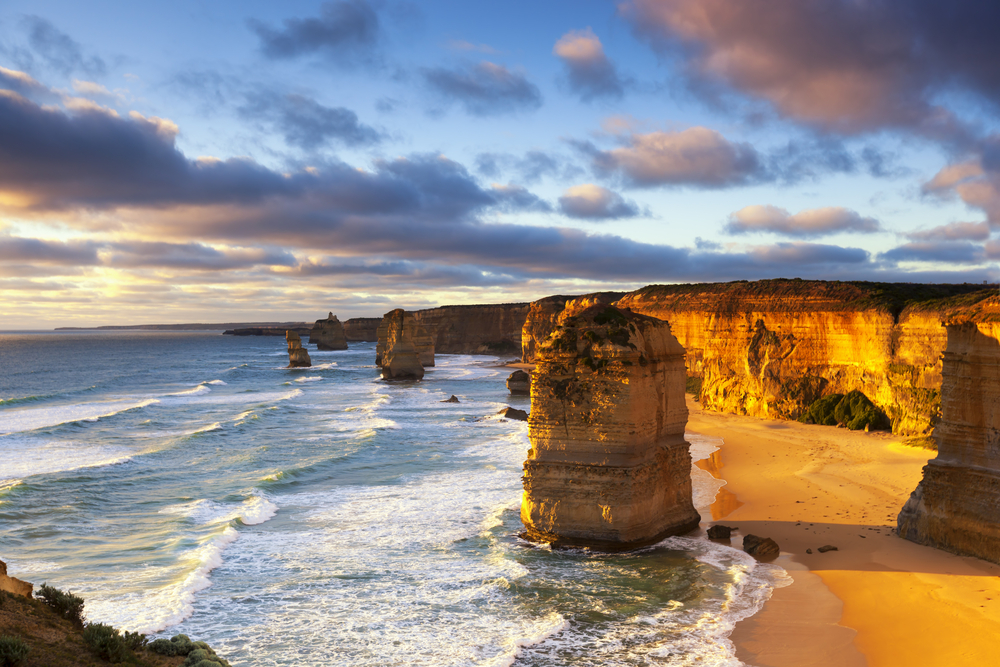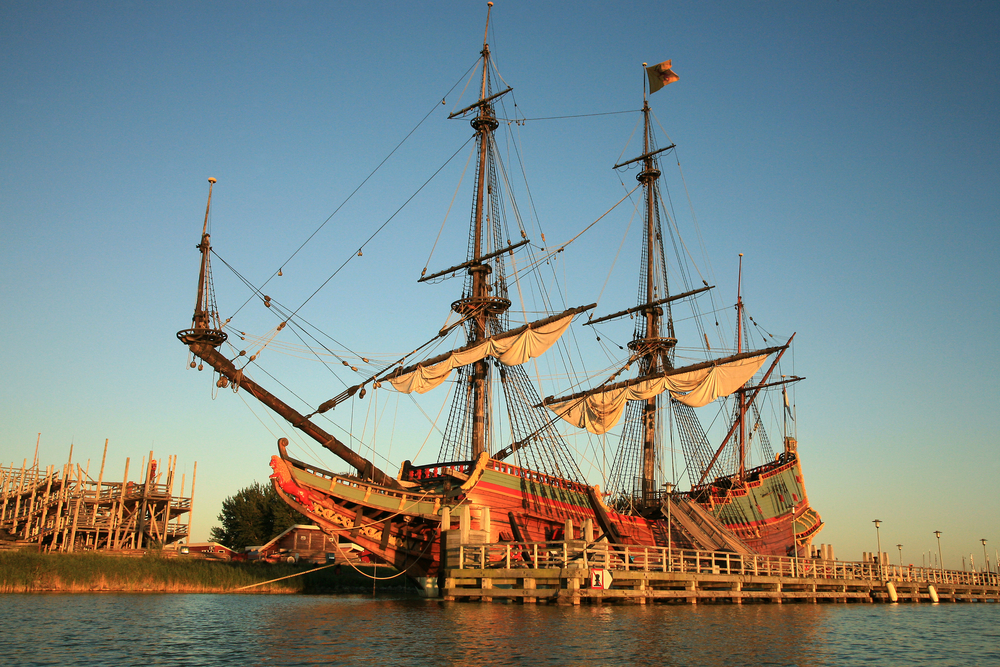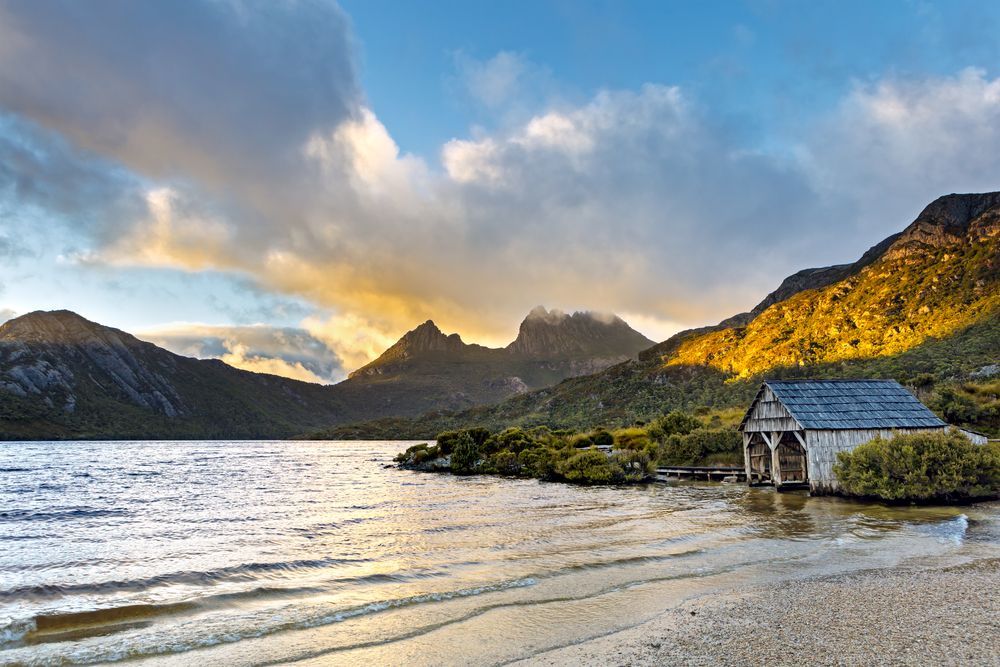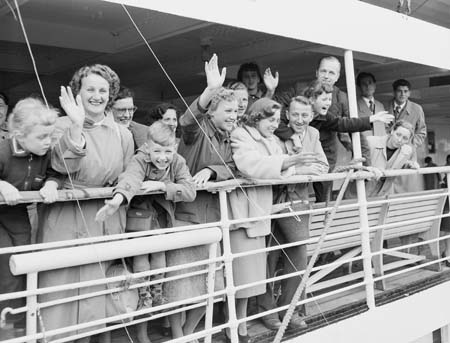Australia and the Netherlands may not be mentioned in the same sentence all that often, but you’ll be surprised how many links there are between them.
For two very different landmasses (one tiny, one huge) on opposite sides of the globe, Australia and the Netherlands have an unlikely but close connection.
Dutch exploration of Australia
Alright, time for a history crash course — ahoy!
For many Dutchies at least, it isn’t a surprise to hear that the Dutch were the first Europeans to set foot on Australian soil. The navigator Willem Janszoon made landfall in Queensland in 1606 and Western Australia in 1618. 🧭

Then of course Dirk Hartog was the leader of the second European group to land in Australia — and the first to leave an artefact behind to record his visit in 1616. Namely, the Hartog Plate on what is now known as Dirk Hartog Island.
READ MORE | New Zealand’s namesake: how the Dutch named NZ
Frederik de Houtman, Abel Tasman, and Willem de Vlamingh were the other notable Dutch explorers who first began charting the land Down Under in the 17th century.
In fact, the Dutch played such a big role in the exploration of Australia that the country was once called “New Holland.” 😱 That’s until it was colonised by the English in 1788.
Dutch shipwrecks in Australia
With so many Dutch ships exploring Australia and sailing past its West Coast on their way to Jakarta (then Batavia), there were inevitable also quite a few shipwrecks.
Why inevitably? Were the Dutch bad seafarers? Neeee. 🙅♂️ The coast of Western Australia is the resting place of more than 1,400 shipwrecks (not just Dutch ones) because of its long and difficult coastline and the common powerful storms and cyclones.
During the 16th and 17th centuries, the inability to accurately measure longitude meant many ships turned out of the “Roaring Forties” (the nickname for the strong westerly winds around Australia) too late.
The result? Ships smashed into the coast instead of heading up to Indonesia — whoops.
READ MORE| What was the VOC? The Dutch East India Company explained
Perhaps the most well-known shipwreck on the West Australian coast is the VOC ship Batavia which was lost in 1620. The story of the mutiny, wreck, and consequent massacre that took place amongst the survivors of Batavia has made this shipwreck quite infamous.
By now, it’s been the subject of numerous articles, books, films, and even an opera!

If you want to feel part of this intriguing Dutch-Australian history, you can visit a replica of the ship in Lelystad. Remains of the original shipwreck are displayed in the Western Australian Museum, Geraldton.
Dutch place names in Australia
The Dutch didn’t only leave shipwrecks behind in Australia but also their (beautiful?) language — or at least words and names from it.
Even today, a lot of places in Australia are named after Dutch people or places. While some of these names have changed throughout time, many still exist in an anglicised version.

What might be surprising to a lot of Aussies, and maybe even Dutchies is just how many places were named by the Dutch.
READ MORE | 7 places named by the Dutch (that you might not know about)
Let’s start with the usual spots named after notable Dutch people or places in the Netherlands, such as:
- Dirk Hartog Island, Western Australia (named after the explorer who landed there)
- Arnhem Land, Northern Territory (named for the city of Arnhem)
- Gulf of Carpenteria, Queensland (named for Pieter de Carpentier, then Governor-General of the Dutch East Indies)
- Wessel Islands, Northern Territory (named after the ship Klein Wesel which was named after the city of Wesel)
- Maria Island, Tasmania (named after Maria Van Aelst, the wife of Anthony Van Diemen)
- And of course, the original name for Tasmania was Van Diemen’s Land, named for Anthony Van Diemen, then it was changed to Tasmania, for Dutch explorer Abel Tasman!
And here are the wildcards — names that don’t sound like they were named by the Dutch, but actually were:
- Crocodile Islands, Northern Territory (originally ‘Crocodils Eijlandt’)
- Storm Bay, Tasmania (originally ‘Storm Baij’ because of a heavy storm that drove Abel Tasman out of the bay)
- Swan River, Perth (originally ‘Zwaanenrivier’ or ‘Swarte Swaene-Rivier’ after the black swans in it)
- Rottnest Island, Western Australia (originally ‘Rottenest Eijland’ as the Dutch thought the Quokkas were rats; hence ‘rat’s nest island’)
Below, a happy Quokka — not a rat.

Dutch-Australian sister cities
There are also many links between Dutch and Australian cities, or ‘sister cities’ as they’re called.
Sydney is a sister city to Amsterdam (along with about twenty other cities — but apparently, it’s a big family). Even the town where I grew up in Tasmania, called Kingston, is a sister city to Grootegast, a village in Groningen.
The Dutch immigrants who settled in the town of Kingston founded the local Calvin Christian School, which hosts an annual Oliebollen festival. In fact, so many Dutch immigrants moved to an area in Kingston now called Firthside, that it was originally called ‘Little Groningen’!
Immigration from the Netherlands to Australia
Although the Dutch began the exploration of Australia, the southern land was eventually colonised by the British. It then became a federation in 1901 and finally an independent sovereign nation after World War I. 🎉
After World War II, immigration to Australia from Europe boomed, and the Dutch were one of many nationalities who helped to populate the vast country.

Today, 240,000 Australian residents claim Dutch ancestry and 95,000 were born in the Netherlands. Many parts of Australia have strong Dutch communities that are still active today — leuk!
Some of the most notable Dutch Australians include:
- Paul Cox (Paulus Henrique Benedictus Paul Cox): a filmmaker born in Limburg who emigrated to Australia in 1956.
- Edward Duyker: a historian, biographer, and author who has written numerous biographies of early explorers as well ‘The Dutch in Australia.’
- Anna Johanna Maria “Annita” van Iersel: known as Annita Keating from 1975-1998 and the former wife of Paul Keating, former Prime Minister of Australia.
- Anthony LaPaglia: a well-known Australian actor whose mother was Dutch and father was Italian.
- Trevor Marmalade (Jason van de Velde): an Australian comedian of Dutch descent.
- Harry Vanda (Johannes Hendrikus Jacob van den Berg): a Dutch-born Australian musician who was best known as a member of the 1960s Australian rock band The Easybeats.
- Johnny Young (Johnny Benjamin de Jong): a Dutch-born Australian singer hailing from Rotterdam.
Aussies in Holland
While many Dutch immigrants moved to Australia in the ’50s and onward, nowadays, there are many Australians who live in the Netherlands.
The two countries have an agreement that makes it fairly easy for Australians to work, study, and live in the Netherlands — and there are large Australian communities to be found particularly in Amsterdam and The Hague.
Politicians from Australia have visited the Netherlands in the past (as well as King Willem and Queen Maxima visiting Australia on more than one occasion).
Where to go for Australian food in the Netherlands
There’s also an increasing number of Australian owned and/or themed restaurants, bars and cafes opening around the country. These include the Drover’s Dog restaurants in Amsterdam, Little Collins café in Amsterdam, De Rode Vosch (the Red Fox) restaurant in Utrecht, Coco’s Outback pub (which serves food) in Amsterdam, and the Ned Kelly pub in The Hague.
So, if you’re an Aussie feeling homesick or a Dutchie looking to try some Aussie food and drink, check these out!
Did anything surprise you about this Dutch-Australian history? Tell us in the comments below!
Editor’s Note: This article was originally published in January 2017, and was fully updated in August 2022 for your reading pleasure.

Nicely written Kristy, good for a few smiles and some interesting facts – thanks!
Thanks Victor, glad you enjoyed it! 🙂
Great article, I learned a lot even on the dutch thenselves, thanks. I should think only that Rottenest Eiland should be Rattenest Eiland. And the pictured wallabies are Swampwallabies, witch I spotted in The Terricks reservate in Victoria 20clicks up north from Bendigo. Great place it is an old Aboriginal holy place. The hills are in fact two billion years old vulcano magma chambers of extremly hard basalt rock. A very beautifull and mysterious place to be. To me one of the greatest sancturies Australia has to offer.
Thanks Rick! Those are indeed Swamp Wallabies, they have some in the Amsterdam zoo, but of course it would be much nicer to see them in the wild in Australia. I’ve never been to the Terricks reserve, but it sounds lovely, hopefully I can get there next time I’m back in Australia.
yeah boi
[…] are multiple differences between The Netherlands and Australia that might come in handy at the weirdest times. Are you an Aussie about to arrive in The […]
Sadly, the aforementioned AAMU closed its doors permanently on 15 Jun 2017.